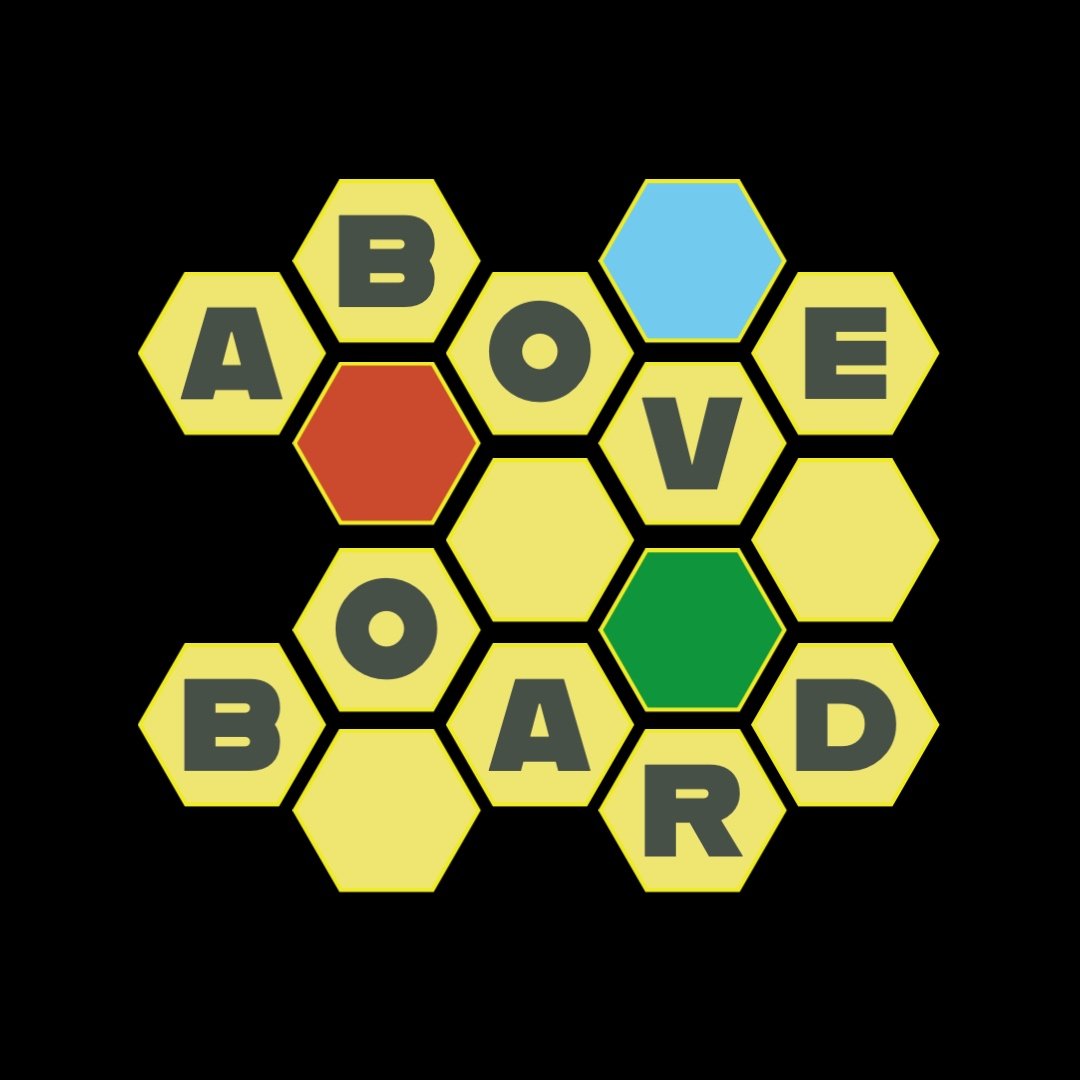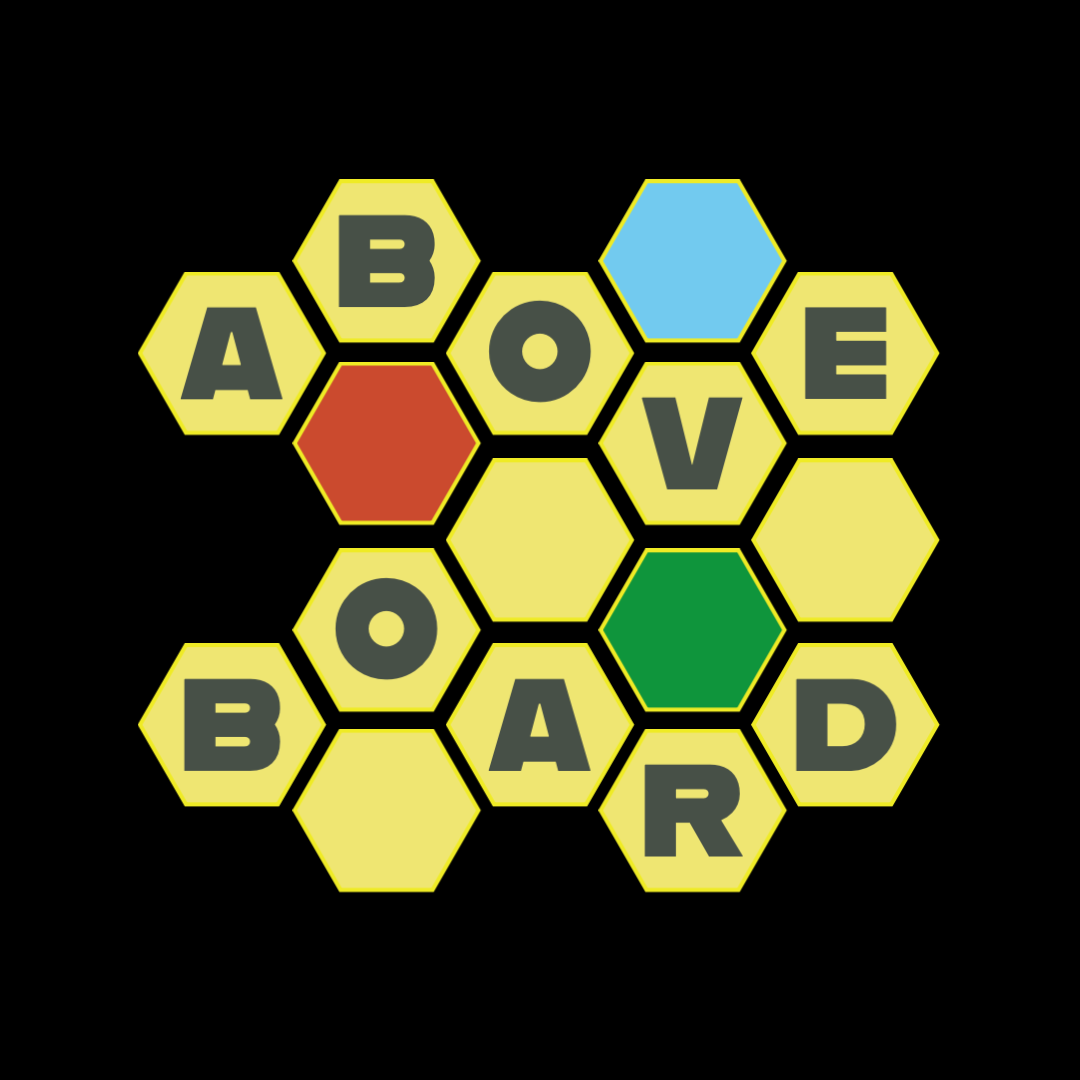Ankh: Gods of Egypt Review
Eric M. Lang’s triumphant third act delivers all you could want from gods on a map!
My first introduction to Eric M. Lang’s work was through Rising Sun, the excellent area control game based in Feudal Japan where players are Shogun vying for the favour of the Kami, making and breaking alliances, battling opponents and taking control of mythical Oni to help them secure control of the provinces. As one would expect, Ankh follows this familiar formula, this time transporting the players to ancient Egypt with all the glorious wonder that location’s mythos has to offer.
Set during a time where Egypt is beginning to move from polytheism to monotheism, the gods are, understandably, not entirely on board with this. Naturally, they decide to fight, for their right, to paaaar- be the last god standing. Therefore, they decide battle for the hearts and minds of the the Egyptian people as there can be only one; think Highlander, but with more animal heads.
The gameplay takes place on an area map of Egypt, with regions divided by rivers and waterways. Each player selects from one of the many well known Egyptian gods, such as Isis, Anubis or Ra to name a few. and places their god along with two warriors on their starting area of the map. Each god has their own unique ability which can influence that player’s strategy. For example, during battle, Anubis can capture a fallen enemy warrior and keep up to three of them on their player board, gaining one strength for each warrior when it comes time to battle. The opposing player must sacrifice followers in order to restore those fallen warriors to their pool.
The main goal is to increase devotion, effectively the victory points of Ankh. Doing so involves winning battles, conquering and controlling regions of land, building monuments to the gods’ glory and overall, becoming the dominant god of the time. But its not simply a matter of being highest on the devotion track. If no player is able to increase their devotion beyond the red section of the devotion track then those players are eliminated entirely, their gods having been forgotten and faded into oblivion. This can result in no one winning the game at all. Where things get really interesting however, is when playing at a three or higher player count. This is when the merge mechanic comes into play.
Merging occurs when the second to final conflict (battle) phase is initiated. At this point, the two lowest players on the devotion track merge combining their two gods into a fusion of what they were before, the lowest of the two discards his god mini and the higher of the two places his god on a pedestal to indicate the merging. The players take the merged god reference cards for their particular combination and both players now share the new single god they have become. The merge system seems to have been quite a divisive design decision among players with some opting to ignore it, while others have fully embraced it. For myself, I love the idea. It’s entirely thematic and beats having outright player elimination in my book. It also means that the player in first place isn’t assured victory, as they now have to contend with this new previously unknown element coming into play in the last rounds of the game. I get merging isn’t for everyone and there are certainly occasions where it could result in a last minute shift in power that could feel unfair to some, but I feel it works well for a game like Ankh in which the mythology of these gods drives the emergent narrative.
Being a CMON game you can expect oodles of epic, highly detailed minis, and Ankh doesn’t disappoint for a moment. The gods, guardians and warrior miniatures have all been taken to the next level by the designers and each faction has its own identity, reflected in the smallest of details. Aspects of each god is suggested in their warrior’s attire and the monstrous guardian minis, which players can add to their roster, imbue unique qualities that reflect their power. If you’re using the retail version, you’ll find the tokens are made of hefty and durable card stock, or, if you were fortunate enough to get your hands on some of the Kickstarter add-ons, you’ll find upgraded components for most of the cardboard elements, including 3D monuments, plastic tracking tokens and more.
A game of Ankh plays smooth and fast with very little downtime between turns. Despite the sheer amount of stuff on the table, everything serves a clear function and I rarely felt overwhelmed by processes or components. The rules are set out clearly and I found Ankh a breeze to learn, in fact we were straight into our first game within an hour of opening the box, a rare experience in modern board gaming.
Final Thoughts
Ankh is a satisfying area control game with high production values and just the right mix of complexity and approachability. The amount of content included in the core box is more than enough for any regular gaming group with a generous number of gods and guardians to mix and match, ensuring dozens of unique gaming sessions. While I didn’t find it quite as satisfying as Rising Sun, the lower player requirements coupled with the faster gameplay and inviting learning curve more than made up for it. And while I’d love to compare this to Blood Rage, regrettably I haven’t yet had the opportunity to play that first Viking themed entry to the series, however, having recently binge-watched Vikings on Netflix, I predict a Blood Rage session somewhere in my future; in the meantime, Ankh will scratch that dudes-on-a-map itch nicely.








